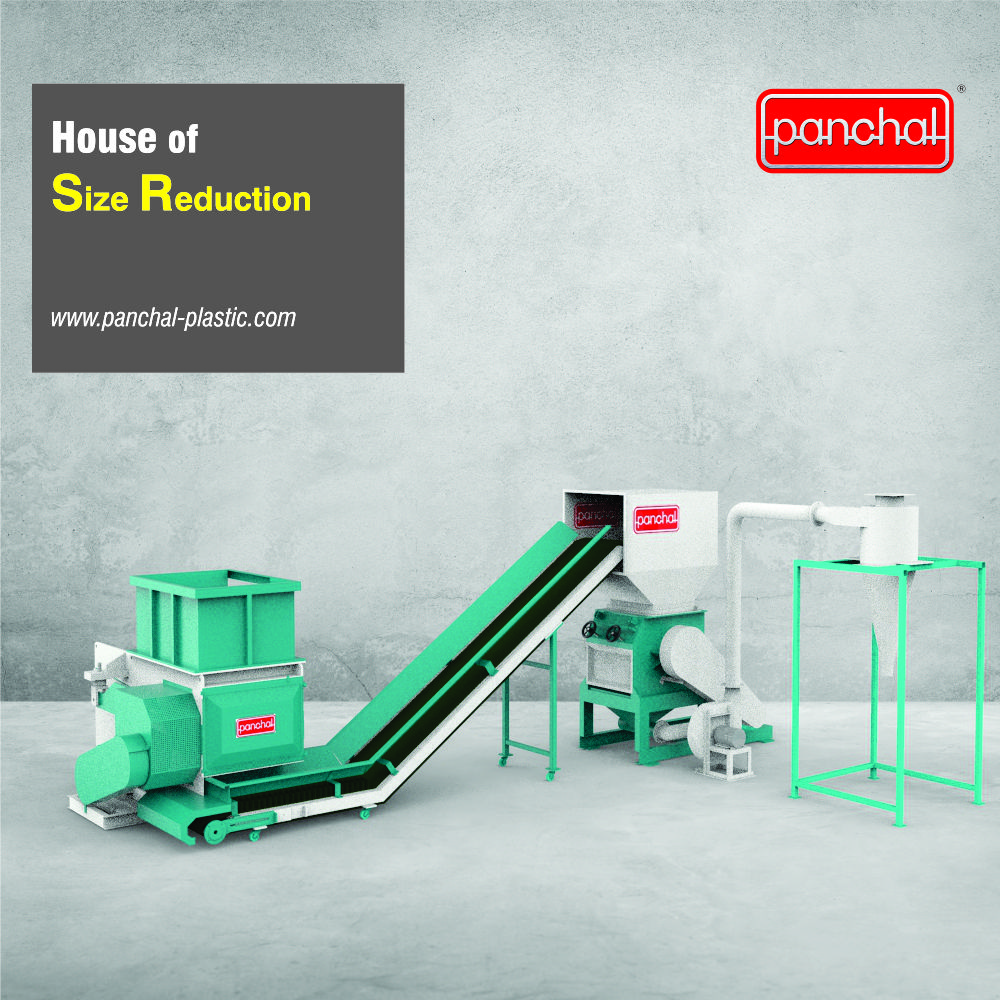The optimized composting process is performed in a single composting area made up of several windrows which merge together without clear boundaries. This ensures optimal utilization of the overall composting area. Once a week, the Sutco-Wendelin turns all of the material in the composting hall. The turning machine works in the same way as a bucket-wheel excavator – the material for composting is picked up by the buckets, loosened, and then dropped again a few meters further along. The movement and aeration of the material create the best possible conditions for the process of organic decomposition to be completed effectively. The equipment also includes an irrigation system that ensures that the moisture content of the material is maintained at an optimal level throughout the process. A sectionally arranged aeration floor installed under the entire composting area and an intelligent control system provides an efficient method of ensuring good airflow. Any water that is generated in the composting process can drain away through this floor and be collected.
Sutco-Wendelin Offers A High Level Of Flexibility And Simplicity
With the introduction of their new series, the plant manufacturer has succeeded in achieving an increase in capacity of between 20,000 and 100,000 Mg/a. By combining several different treatment lines, the Wendelin can achieve a maximum throughput of 400,000 Mg/a. A further advantage of this modular system is the amount of freedom of design that it gives the operator. In particular, it allows workable solutions to be found in situations where space is at a premium.

The flexibility of the process is also demonstrated in the wide range of possible applications: as well as typical organic waste and green waste, the Wendelin can also process fermentation residues and organic matter from household waste. It can also be used in a completely biological drying process known as bio drying. The prerequisite for all the applications is that the starting material needs to be mechanically broken down to a granule size of < 180 mm and, in some circumstances, structural material may need to be added
Turning Machine Ensures Efficient And Environmentally Friendly Operations
The high level of automation of the Wendelin makes it possible for companies to run their operations in a consistently efficient manner. A conveyor system feeds the material into the process and spreads it out. The Sutco-Wendelin is also used to discharge the finished product.
The innovative plant control system which is used to oversee the overall process allows the system to be run 24/7 with only a minimum staffing requirement. Operating staff are only needed to monitor the system or if there is a malfunction.
The new Wendelin is also a real winner in terms of both costs and environmental performance. Through the re-use of water generated in the process, Sutco has created an operating system that – depending on the particular application – can function completely without producing wastewater, thereby achieving savings for the operator in terms of wastewater treatment charges. Furthermore, the exhaust air from the composting area and hall is subjected to a cleaning process using an acidic cleaning agent and biofilters, in accordance with requirements.

Many years of experience and the results of the company’s close collaboration with customers have gone into the further development of the Wendelin, in particular with regard to robustness and operational safety. Through the use of Hardox and stainless steel, as well as a fully electric powertrain, Sutco has ensured low-maintenance operations for the system operator, even under conditions that involve highly corrosive materials.
The contract to install the second Sutco-Wendelin at the aha Waste Disposal Association for the Hannover region was signed in December 2020. As well as replacing the turning machine, Sutco has also installed a new fully automatic feed system which has led to a considerable increase in the plant’s efficiency. Sutco RecyclingTechnik supplied the first windrow turning machine for aha Hannover in 2016.

























